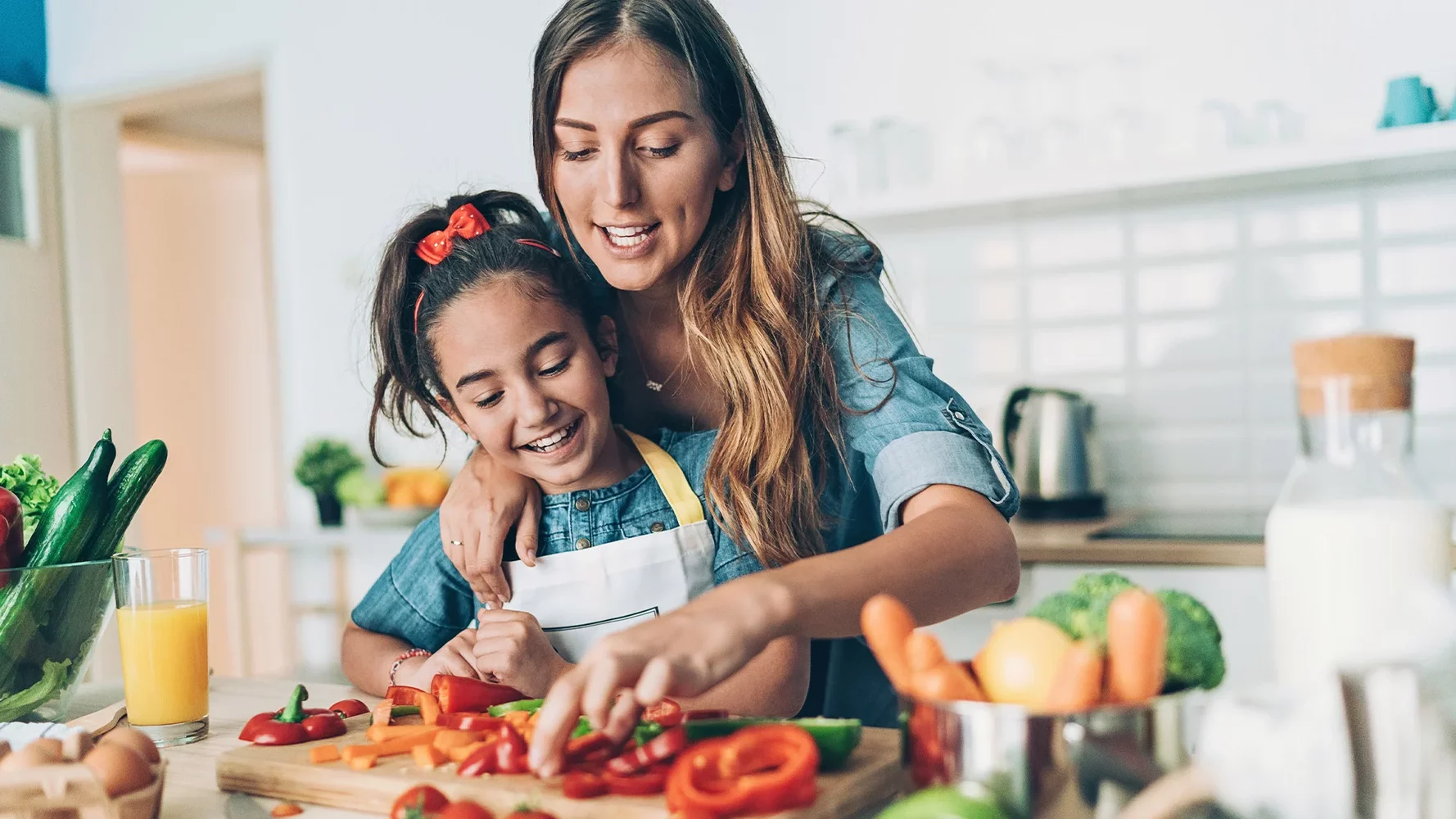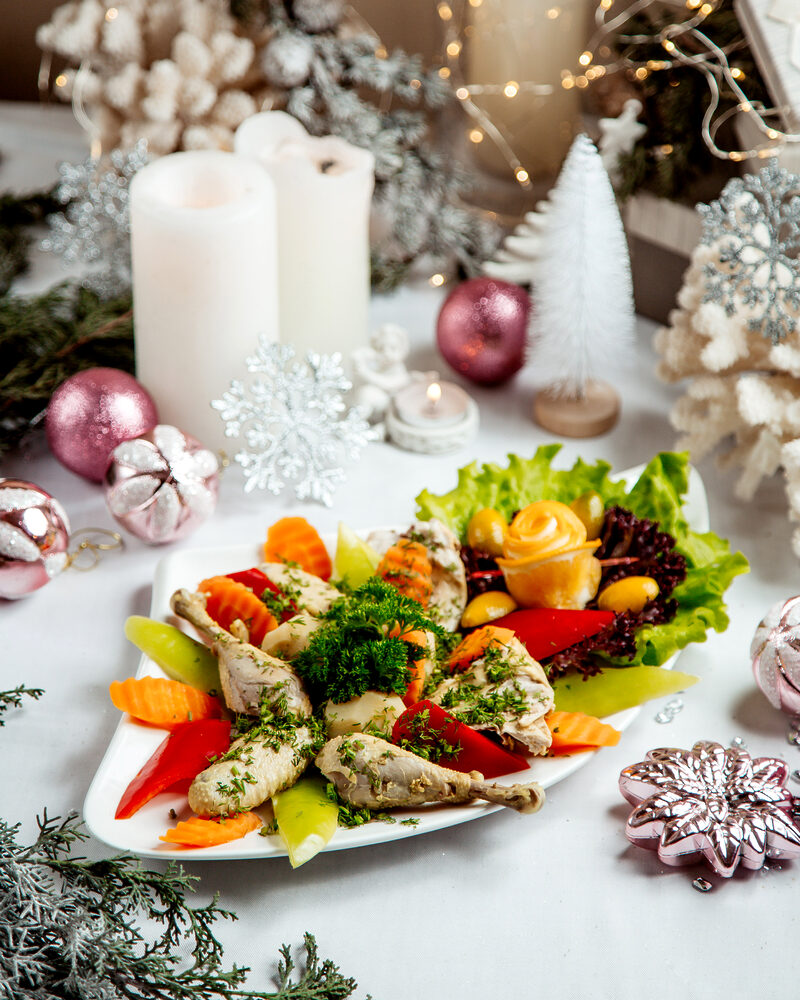After summer, comes the beginning of autumn and then back to school for a lot of students. For some, it’s a steppingstone to elementary school, high school, CEGEP, trade school or university. But one thing is certain: this return to school affects us all, in one way or another, because we care about the academic success of our loved ones and that of the future generation! One of the many ways to help young people feel good at school is to encourage them to be in tune with their feeling of hunger and satiety. Here is a first recommendation in that regards:
- CLARIFY THE ROLES OF PARENTS AND THEIR YOUNG ONES AT MEALTIME
The parent:
- Chooses meal contents (ex.: carrots, yellow peppers, served with a mix of brown and white rice, and grilled chicken).
- Chooses mealtimes (ex.: around 6:00 p.m.)
- Chooses the minimum meal duration (ex.: 20-30 minutes)
- Chooses the place in which the meal is eaten (ex.: at the kitchen table)
Bonus: To encourage conversation between family members, try turning off any types of screens as often as possible.
Tip: It’s best to avoid punishing and/or rewarding kids regarding how much they eat. This can confuse their hunger and satiety signals and alter their relationship with food.
The young one:
- Chooses the amount of food he/she wants to eat, i.e. depending on his hunger, he eats a little, moderately or a lot.
- Tries a variety of foods. It may take more than 12 times (i.e. : meals where this particular food is served) before enjoying a new food.
Here’s a tool for eating together
2. WHENEVER POSSIBLE, TRY HAVING BREAKFAST WITH YOUR TEEN, BEFORE HE OR SHE LEAVES FOR SCHOOL.
The Journal of the American Dietetic Association analyzed more than 45 studies demonstrating the importance of breakfast consumption amongst young people. This revealed that eating breakfast would lead to an increase in cognitive functions associated with memory, better attendance at school and academic results.
Here are two examples of complete breakfasts:
E.g.: Yogurt parfait with nuts, fruit (fresh or frozen), and cereal (granola, muesli or other)
E.g.: 2 slices of toast with natural peanut butter, accompanied by an egg (boiled or scrambled) and a fruit
Note: For small appetites, we encourage you to choose your favorite breakfast and eat part of it before leaving for school and the other part at break time or when you feel hungry. If the rest of breakfast does not transport well to school, try bringing a fulfilling snack
such as :
- Apple with crackers and soy butter
- Homemade muffin/bread with milk or soy/almond/oat drink
- Grapes and cheese cubes
3. PREPARE THE LUNCH BOX TOGETHER
Assembling a lunch box on the go in the morning, while stirring pasta, between 2 sips of coffee, sounds familiar? It’s stressful just thinking about it. On the other hand, if you try to prepare your lunch the day before, you’ll reduce your morning workload and have more time to sit down and eat breakfast with your loved one. An easy way to do this is to plan larger portions of the evening meal, in the hope of transforming leftovers into a colorful lunch. For example, when preparing a bean chili for supper, ask your kid to reserve a portion for their lunch the next day. He/she can then add bread, hummus, raw veggies and yogurt.
Try choosing one of those aspects at a time, on the long run, it should make your life easier!
WISHING YOU AND YOUR LOVED ONES A COLOURFUL AND DELICIOUS BACK TO SCHOOL SEASON!
Johanne Vézina Nutritionist Speaker and Érika Martin Nutritionist



